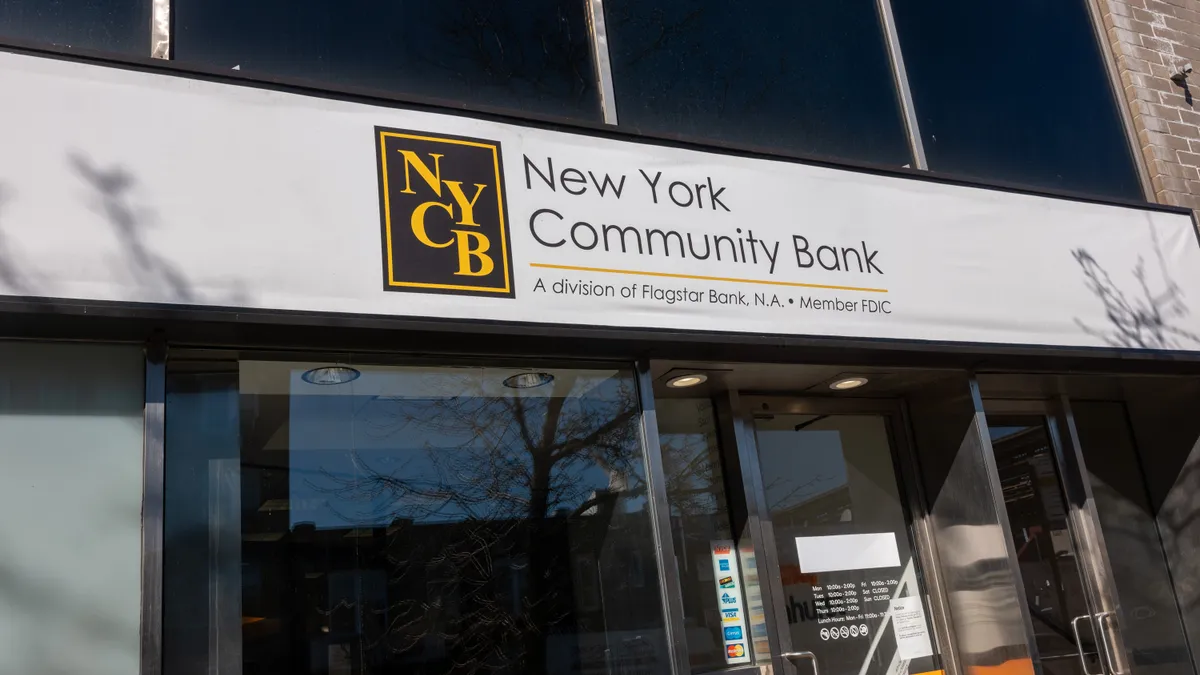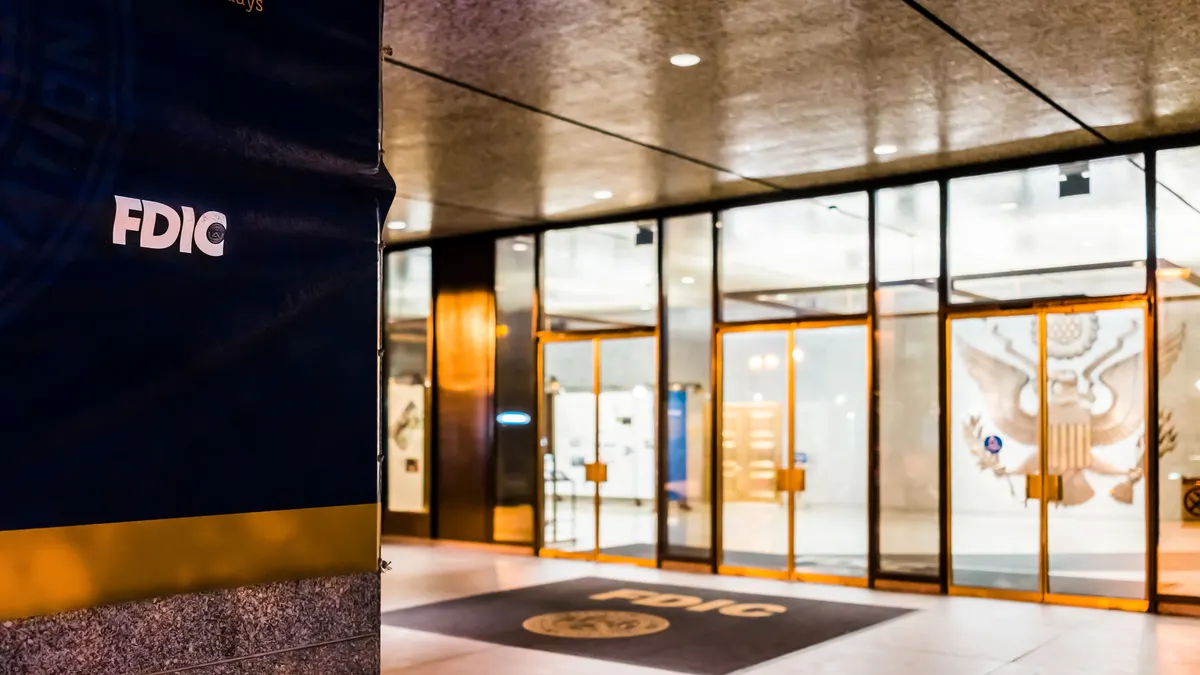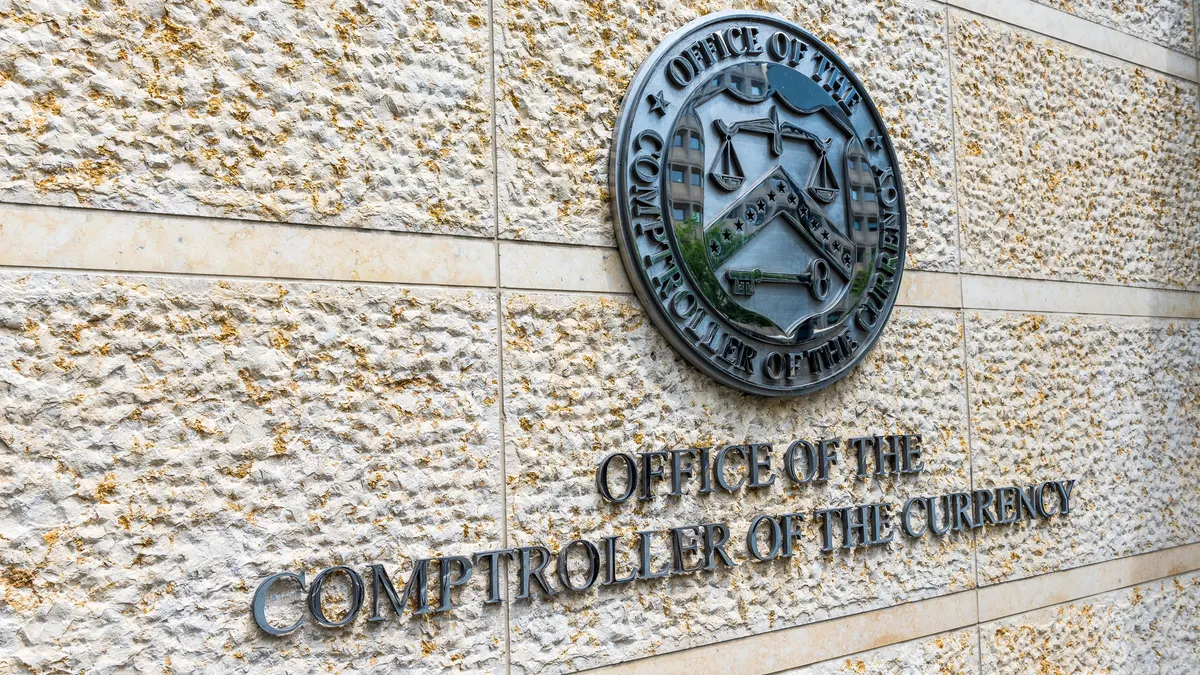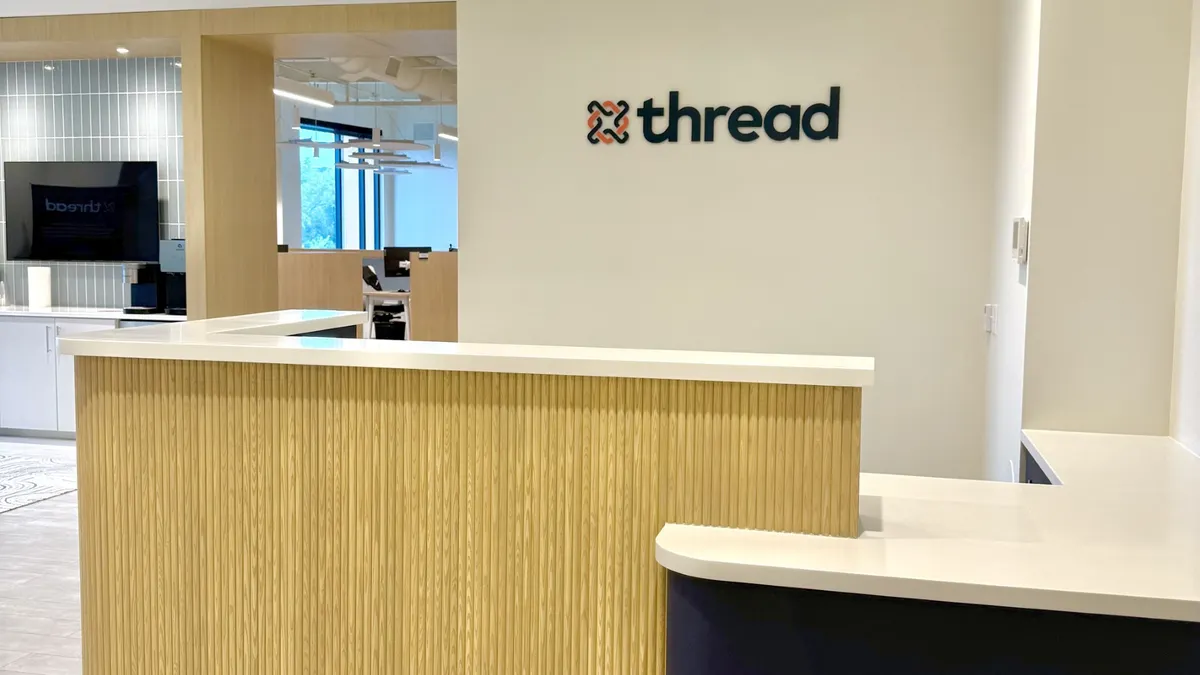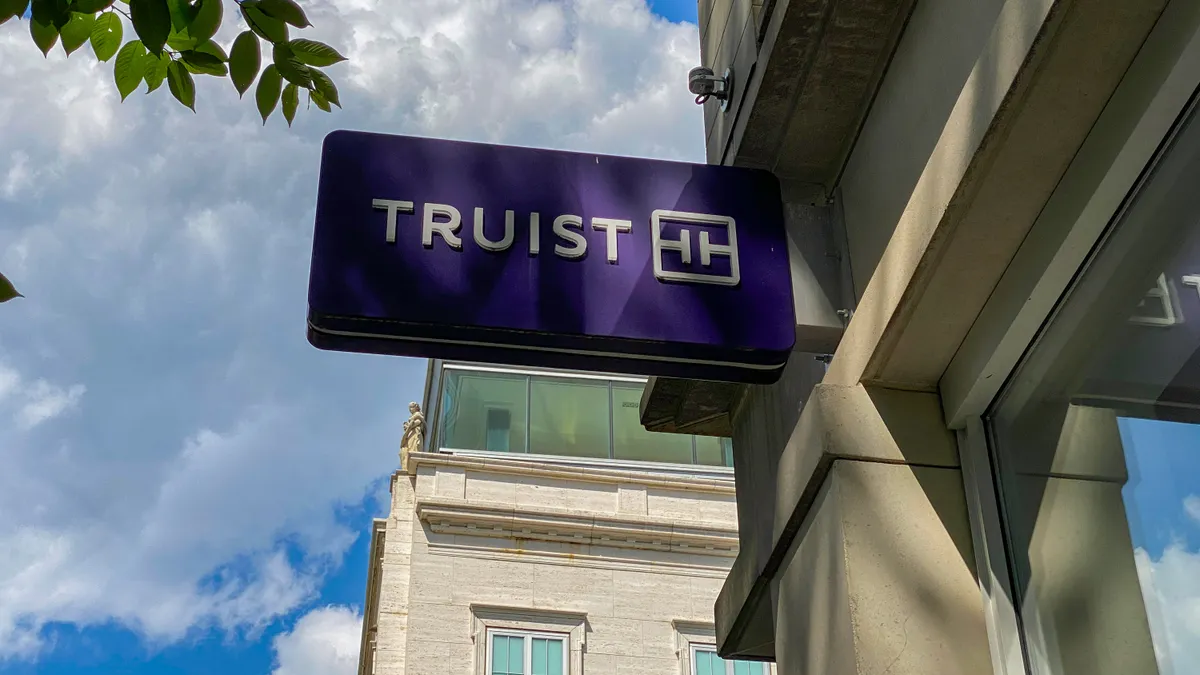New York Community Bank insiders — including the CEO, board members and its new executive chair, Alessandro DiNello — bought more than 200,000 shares of the bank’s stock Friday in what could be seen as NYCB’s latest show of confidence.
In the short term, market reaction was positive. The bank’s share price ended the day up nearly 17%. But that’s still 53% lower than it was Jan. 30 — before the bank reported that it cut its dividend and set aside $552 million for commercial real estate-related credit losses.
DiNello bought 50,000 shares at roughly $4.19 a share, according to a filing Friday with the Securities and Exchange Commission. The purchase totals $209,480.
NYCB CEO Thomas Cangemi bought 11,310 at $4.41 per share — a total purchase of $49,877, another filing indicated.
And NYCB board member Peter Schoels bought 100,000 shares for $414,750, a third filing showed.
Insider buying, Janney Montgomery Scott analyst Christopher Marinac told Bloomberg, “is exactly what investors have wanted to see, renewed commitment to ‘eat their own cooking.’”
“If insiders purchase a material number of shares, it provides a signal to the outside world that the insiders aren't worried,” Eric Compton, director of technology equity research at Morningstar, told Reuters. “In banking, confidence can be the difference between making it and not making it.”
NYCB, to its credit, had tried a number of measures last week to return investor confidence to some sort of baseline. It issued an update on its liquidity and deposits (showing an uptick in the latter since the start of the year). It held a conference call to introduce DiNello, a former CEO of NYCB’s now-subsidiary, Flagstar, as executive chair.
But for each action, there seemed a stronger market negative. It was revealed (not by NYCB) that the bank’s chief risk officer had left earlier this year. One ratings agency, and then another, downgraded NYCB’s credit.
“We’ve got a couple of, you know, tough, tough punches to the gut,” DiNello told analysts on Wednesday’s conference call, according to The Wall Street Journal. “But we’re strong.”
The CRE bubble
If it has seemed NYCB is fighting to stay ahead of the headlines, one bright spot may be “the headlines have moved faster than the actual stress,” Lonnie Hendry, chief product officer at Trepp, told The New York Times.
“Banks are sitting on a bunch of unrealized losses” in commercial real estate, Hendry said. Some banks have opted to take short-term extensions rather than renewing untenable leases in the hopes that interest rates will fall and property values will rise again.
“If they can extend that loan and keep it performing, they can put off the day of reckoning,” Harold Bordwin, a principal at distressed real estate brokerage Keen-Summit Capital Partners, told The New York Times.
The danger, Hendry said, is there could be a rapid sell-off in CRE investments if the “slow leak gets exposed.”
“It’s a confidence game, and commercial real estate could be the trigger,” Tomasz Piskorski, a Columbia University economist, told the Times.
NYCB’s growth rate
While CRE is one of NYCB’s hurdle, another surely is how the bank allocates its capital — and that, too, has had to change.
NYCB’s acquisition of Flagstar — and its purchase last year of a sizable portion of Signature Bank’s assets — caused the bank to surpass the $100 billion-asset threshold more quickly than expected. With that, NYCB joined a different category of bank, by regulators’ standards — with different capital requirements.
Bloomberg reported last week that NYCB’s somewhat surprising fourth-quarter loss came amid pressure from the Office of the Comptroller of the Currency. NYCB executives have downplayed or dodged that notion.
But the rate at which NYCB has grown raised concerns for one former regulator.
Eric Rosengren, former president of the Federal Reserve Bank of Boston, talking to The Wall Street Journal, questioned why regulators approved NYCB’s bid for Signature.
“The time to worry about risk management for an institution going over $100 billion is before they go over $100 billion,” Rosengren said.
Signature’s specter
Still other observers are uneasy, feeling parallels with last year’s demise of Signature.
“My finger’s on the trigger,” one New York City property owner told the Journal.
The property owner had kept tens of millions of dollars at Signature and now banks at NYCB but told the publication he is weighing his options.
“Having gone through that and seeing this situation replay again, your risk tolerance needs to be much tighter,” he said.
Larry Delson, who banked with Signature, kept NYCB as the primary bank for his business but opened accounts at other regional banks after last year’s failures, he told the Journal.
Upon seeing NYCB in the headlines, he moved about $200,000 out of his business account to other banks to get the balance closer to the Federal Deposit Insurance Corp.’s deposit insurance limit.
“I’m going to take a wait-and-see approach,” Delson told the Journal.
Long game?
Then again, DiNello, for one, has shown he’s not afraid to play the long game.
Flagstar's net interest margin was less than 2% when DiNello took the bank’s CEO role in 2013, but it reached roughly 4% by the time the bank was acquired, the executive said Wednesday, according to American Banker.
“It took 10 years to do that, but we got it there,” DiNello said. “And if you do it the right way, you do it gradually, and you don’t try to do things too quickly, and you keep safety and soundness in the forefront, it can be done.”
Other observers are keeping a keen eye on NYCB’s deposits, which the bank said had risen to $83 billion as of Feb. 5, from $81.4 billion at the end of December.
“It’s all going to come down to deposits,” Peter Winter, an analyst at D.A. Davidson, told American Banker. “If they come out with a midquarter update, and deposits are down, the stock is going to sell off.”
Still, other analysts took a skeptical view of Friday’s insider stock purchases.
“One might say that their ... share purchases can be seen as a relatively cheap option to help rescue their $3.2 billion market cap bank, their employees, depositors, and their current ownership stake,” Michael Ashley Schulman, chief investment officer at Running Point Capital Advisors, told Reuters.
NYCB’s market value has declined by about $4 billion since Jan. 31, Bloomberg reported Friday.



